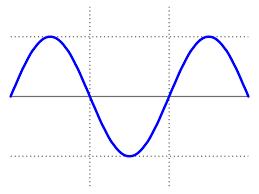There are two questions involved - the accuracy of the odometer, and the accuracy of the GPS.
1. Odometer. The odometer should be consistent, that is, the same percentage error unless either the driving style involves a lot of wheelspin, or the drive member is slipping (which is quite possible on most Landrovers!). As stated above, most cars are set so the speedometer, and hence the odometer, read higher than the correct figure, because the legal requirement allows over but not underreading. Reports on this forum suggest a typical Landrover figure is 8%. Non standard tyre size will change this, oversize tyres reducing the over reading and potentially even going to underreading. Tyre pressure will have almost no effect - particularly with a radial tyre, pressure does not change the circumference of the tread.
2. GPS. It needs to be remembered that a GPS measures position, and the distance travelled (as well as the speed) is a derived function. In particular, the distance travelled, if it follows the jitter* in the position, can easily result in a longer GPS distance. Now the software certainly applies some smoothing to eliminate the problem, but if excessive smoothing is applied, it can round off real corners. I have no feel for how effective the actual algorithm used is in practice, but I find it easy to envision it over reading. Some software may have options as to how much smoothing is applied, and if this is available in your case, try experimenting with it.
*jitter is the apparent change in position due to errors in determination of position. How large it is depends mainly on the geometry of the satellites used and any poor reception, for example due to a partly shadowed antenna.
It might also be useful to compare GPS and odometer distances with the map distances (although I can think of a number of places where these are wrong - for example a couple of years ago I checked the map distance from Yass to Cowra - three maps, three different figures by up to over 10km; they can't all be right!)
John
John
JDNSW
1986 110 County 3.9 diesel
1970 2a 109 2.25 petrol



 Reply With Quote
Reply With Quote

 hence posting the question. I would have thought that a difference of 10-12kms would have been unusual?
hence posting the question. I would have thought that a difference of 10-12kms would have been unusual?


 . This time odometer was 1km more than GPS....then I realised that it had searched for about a k or 2 due to heavy cloud covering.
. This time odometer was 1km more than GPS....then I realised that it had searched for about a k or 2 due to heavy cloud covering. 
Bookmarks